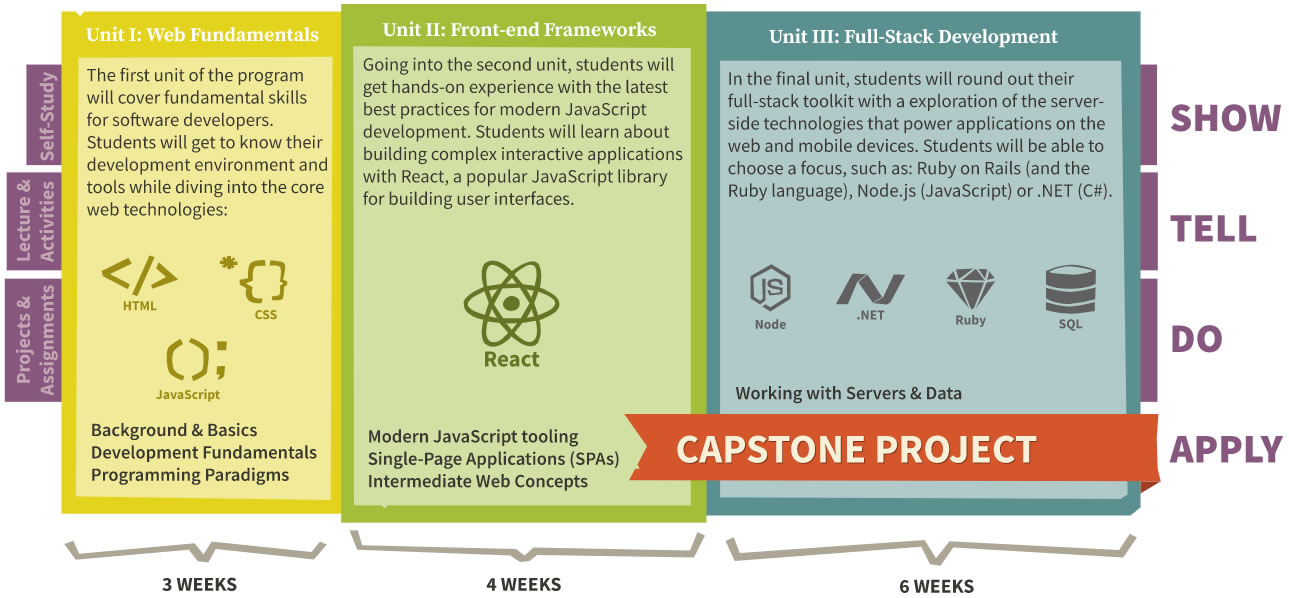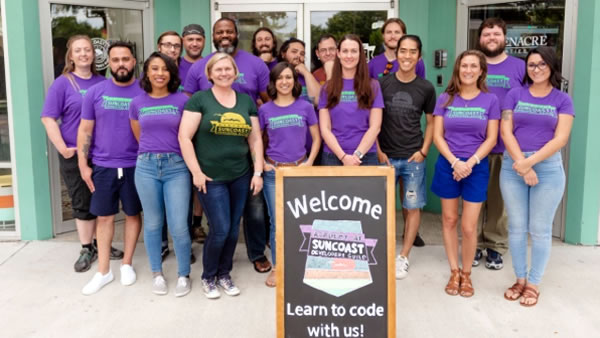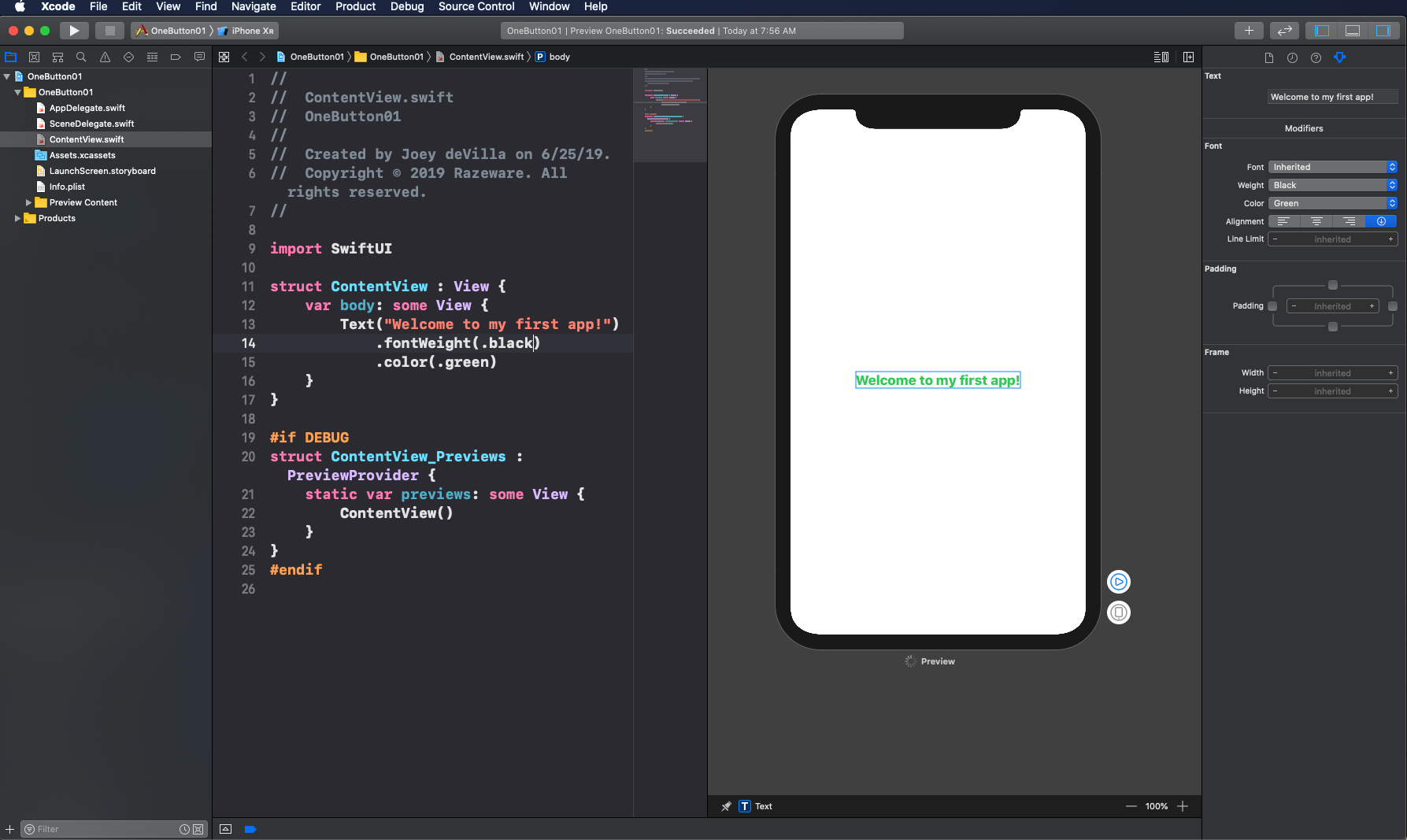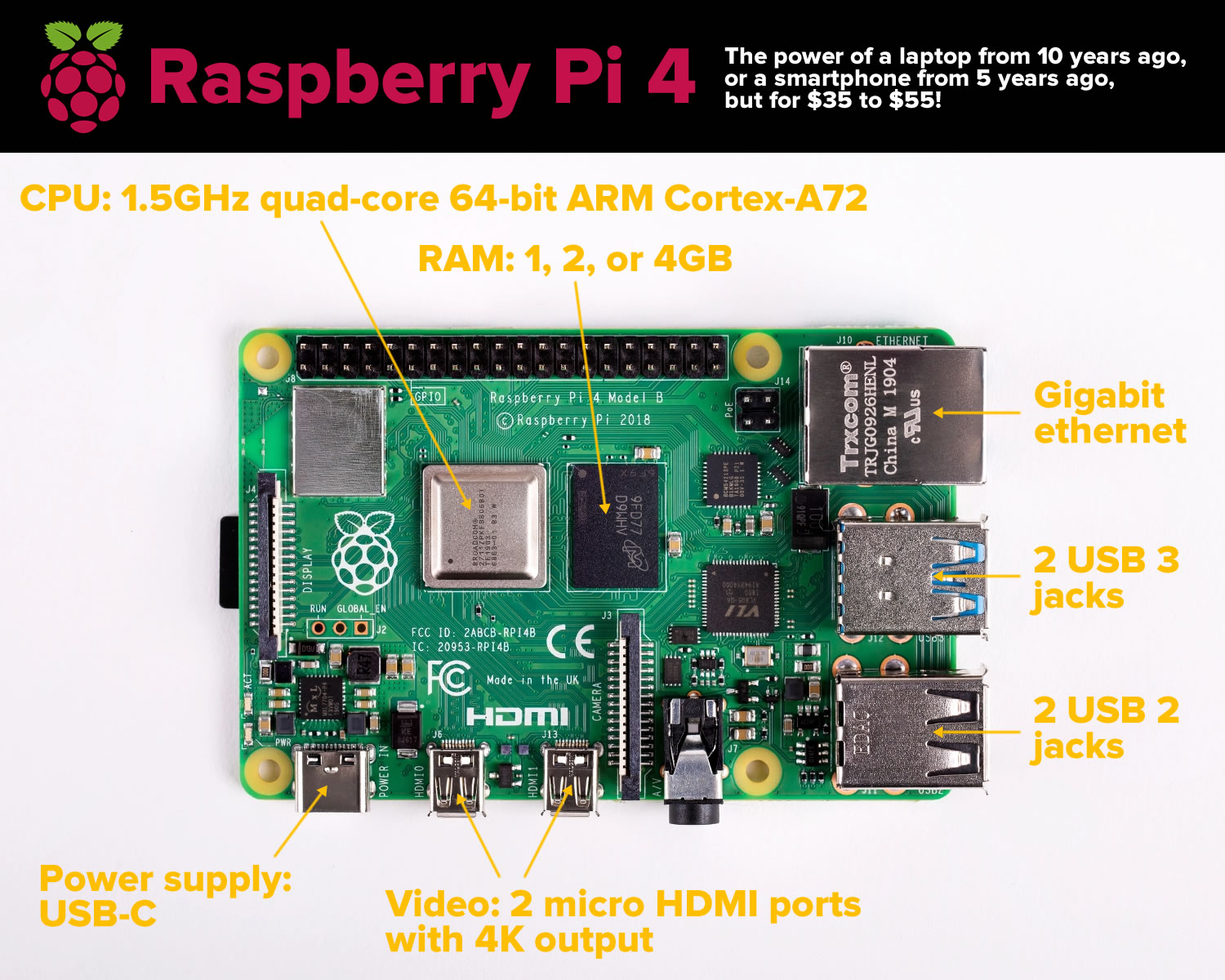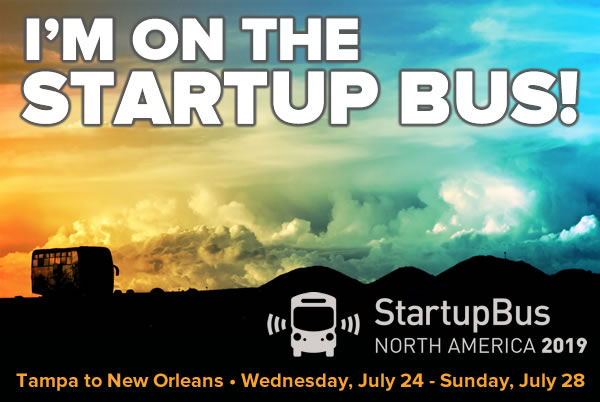
I’m one step closer to scratching an item off my bucket list: I’ve been accepted as a “hustler” on the Startup Bus! In a couple of weeks, I’m going to be on a bus bound for a few days with a newly-minted team, racing to build a real, working technology product that we’ll pitch to real investors and advisors in a competition in New Orleans against teams from other parts of the U.S., Canada, and Mexico.
This is the 10th annual Startup Bus North America competition. It’s a competition that takes place on a three-day bus ride where contestants — better known as “buspreneurs” — form teams on day one in order to try to come up with the most innovative technology startup. Teams are composed of:
- Developers: The programmers — the people who build the product.
- Designers: The people who craft the look and feel of the product.
- Influencers: The people who help coordinate the team and persuade people to use the product.
I’ve signed on as an influencer who can also pinch-hit as a developer and designer. That’s how I pitched myself to the Startup Bus organizers, who approve all participants:
Hey, @TheStartupBus! I want to join as an influencer/hustler. 13K followers, but I can pinch-hit as a coder (made ARKit tutorial vids, revising iOS tutorial book, write Android articles, an app in the store), can design, & I play a mean accordion, which they LOVE in New Orleans. pic.twitter.com/QQjDfumlHM
— 🎹 Joey deVilla (@AccordionGuy) June 27, 2019
The winners of the competition are chosen by a panel of judges, who come from the fields of technology and tech investment. It’s been called “the mother of all hackathons” on VentureBeat, and “as close to blood sport as Silicon Valley entrepreneurship gets” in WIRED.
Click the map to see it at full size.
I’m going to be on the Florida bus, which conveniently departs from Tampa, and is the one with the least actual distance to cover (it’ll follow a route that will keep it on the road for three days). Other buses will depart from New York, Toronto, Washington D.C., Mexico City, San Mateo, and Akron.
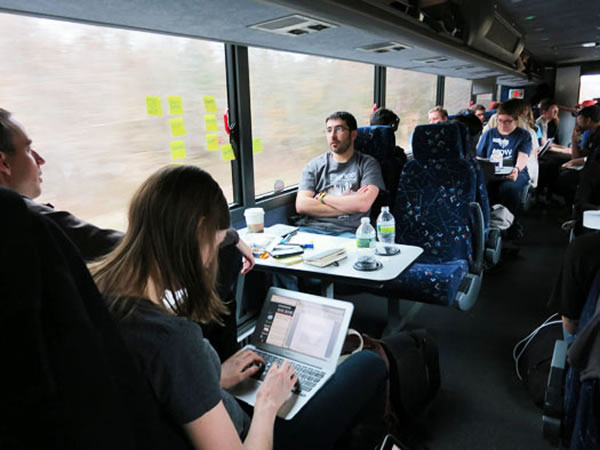
I’ll write more about it as we get closer to the event. For now, I’m racing to get stuff done, because in a couple of weeks, I’ll be on the bus!
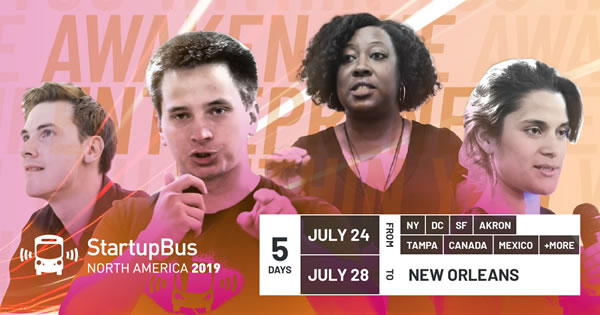
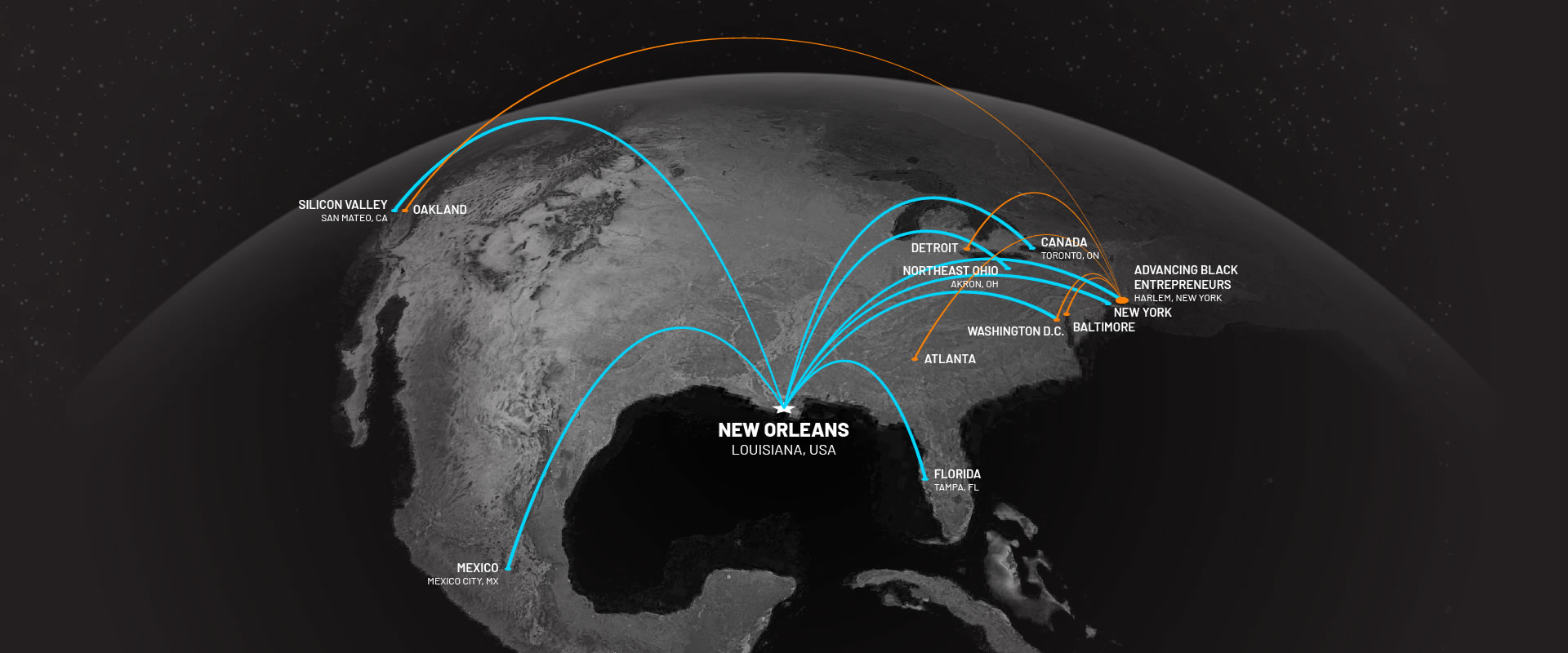
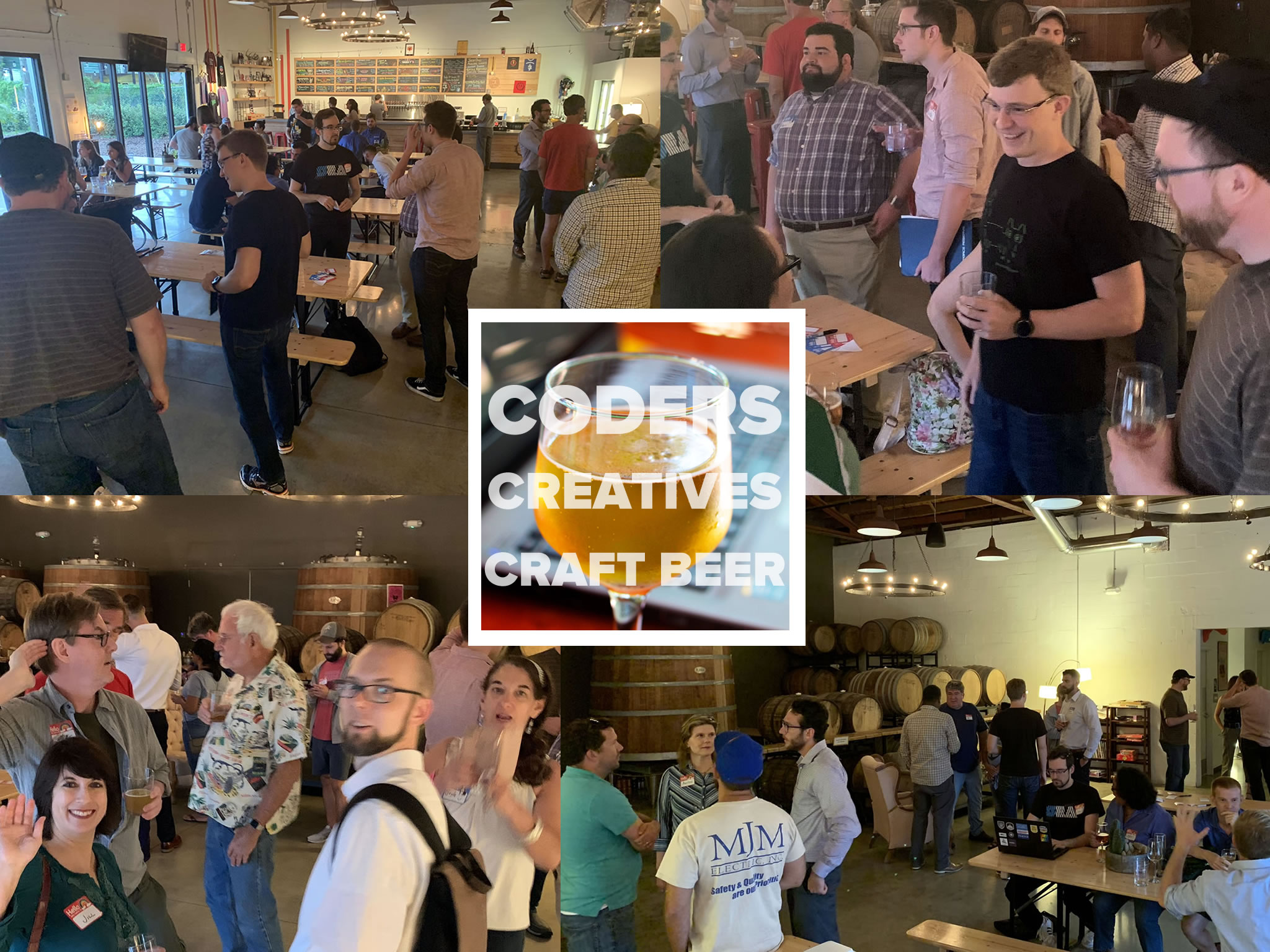
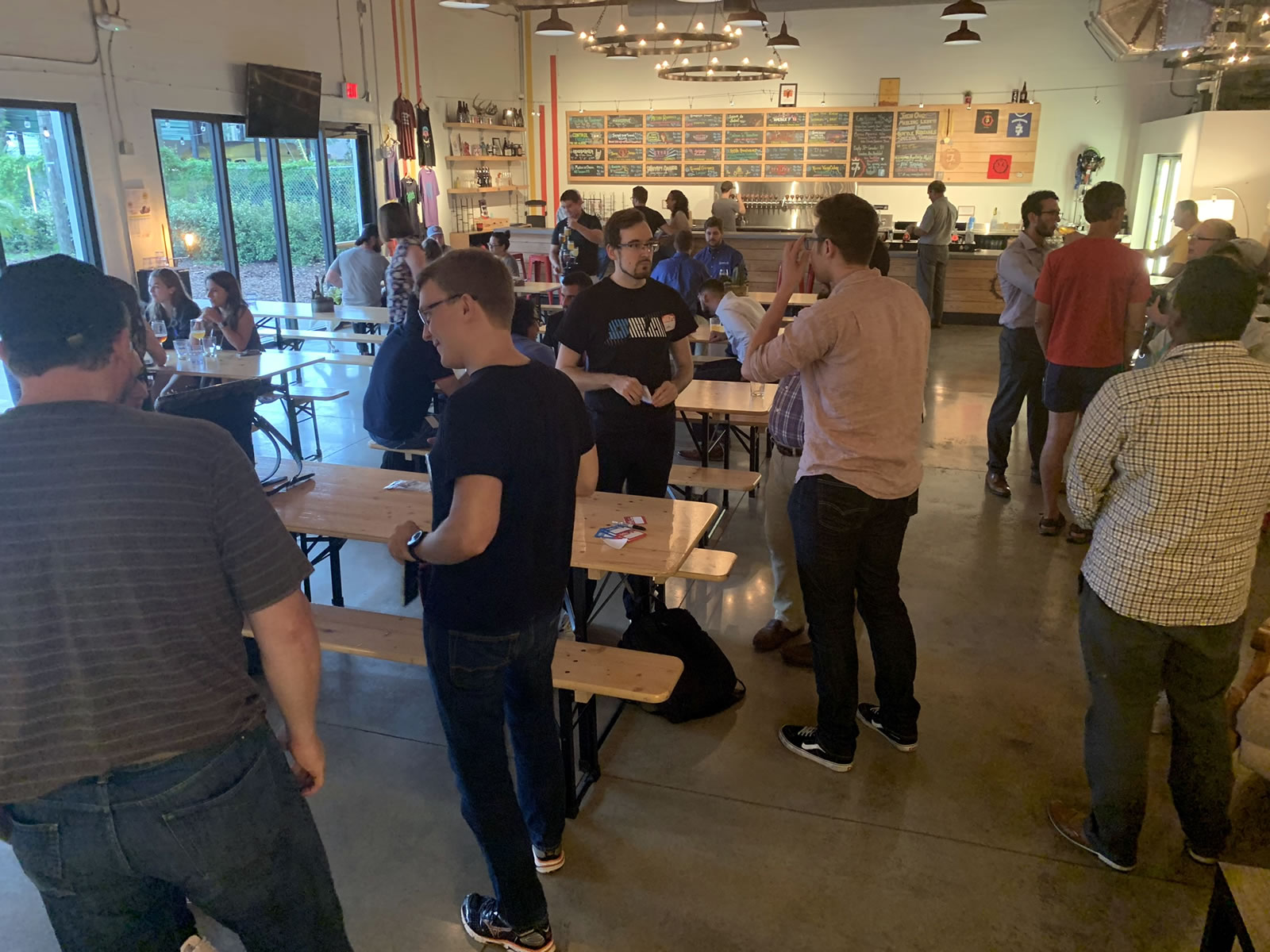
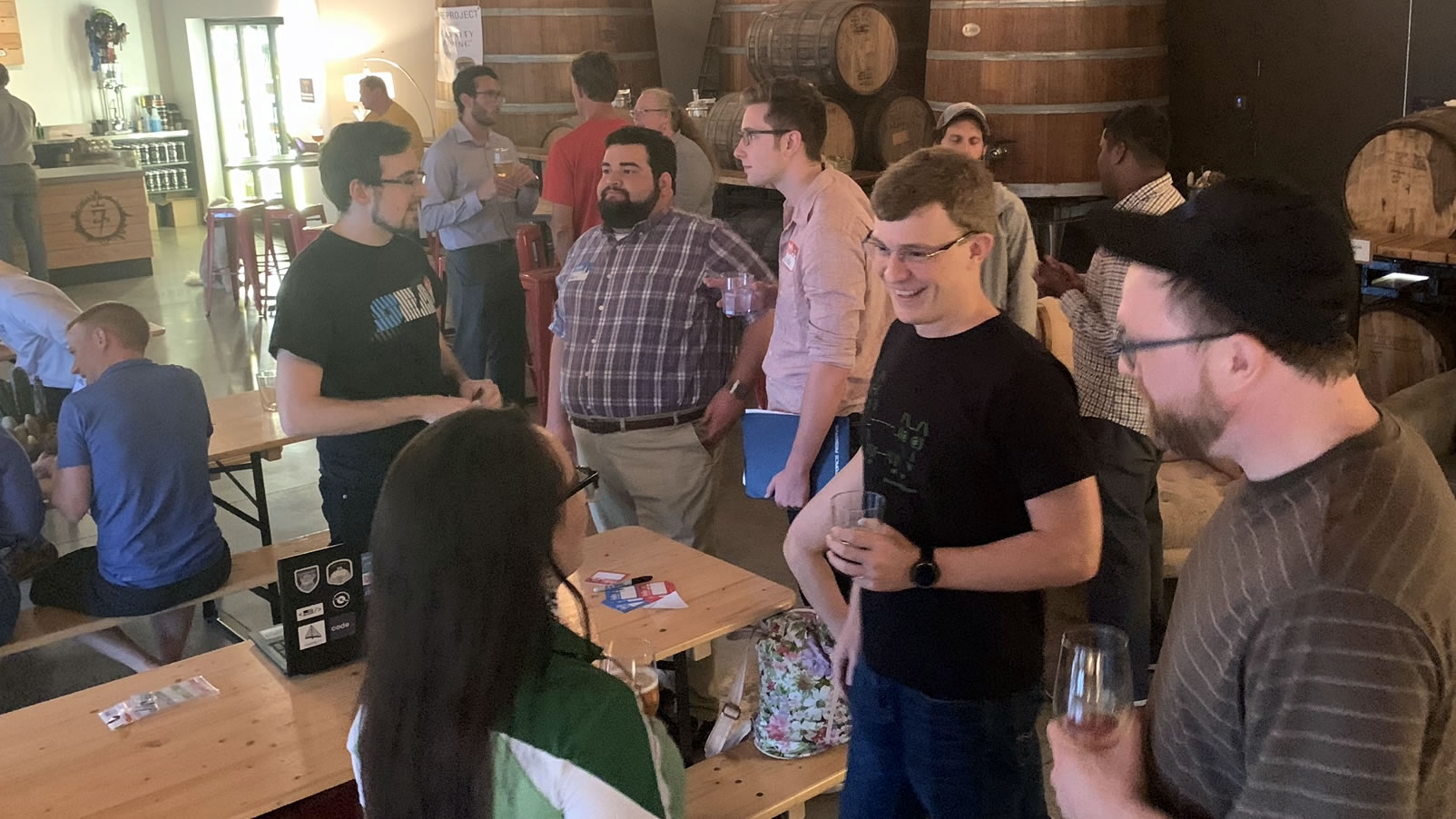
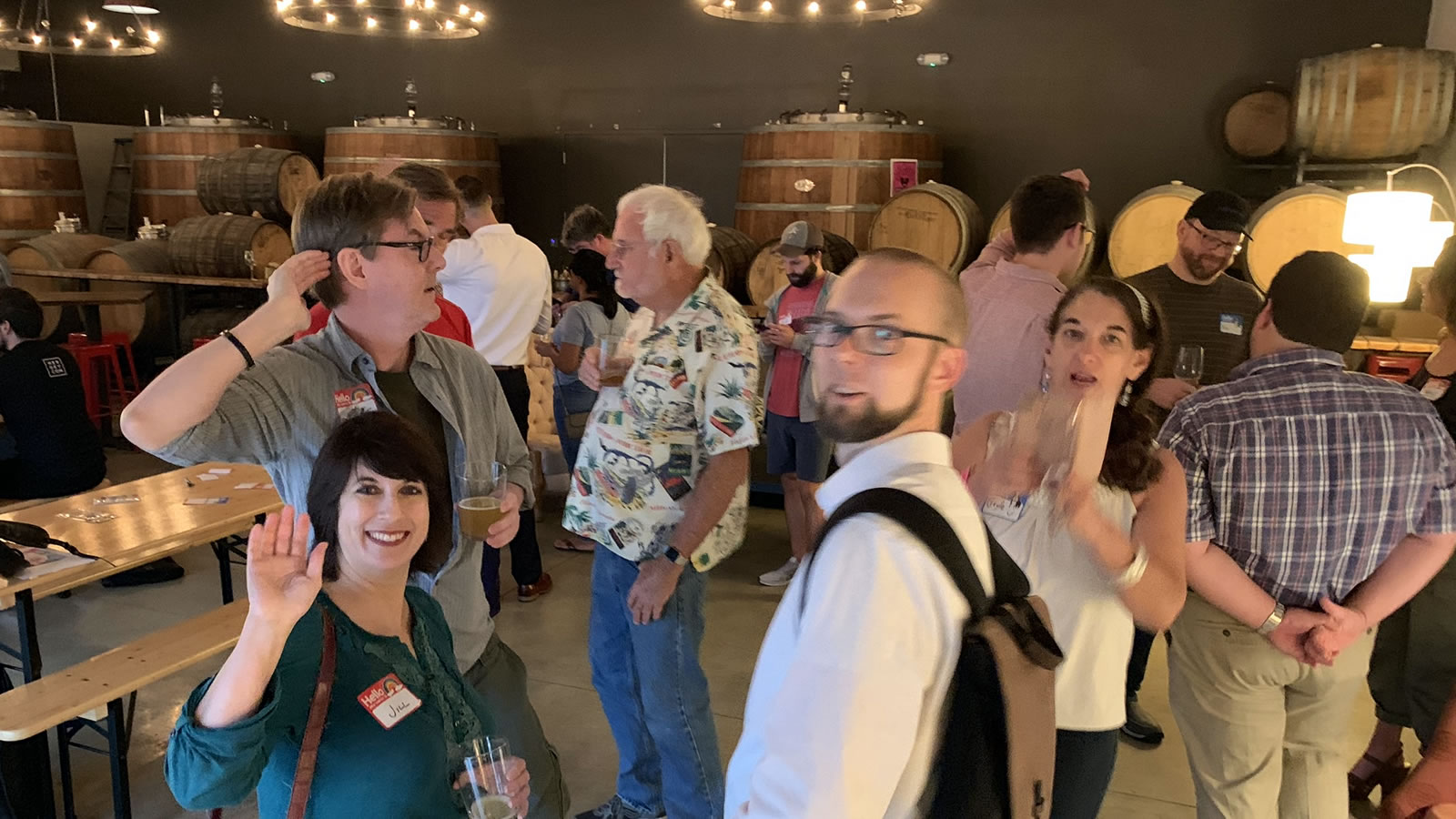
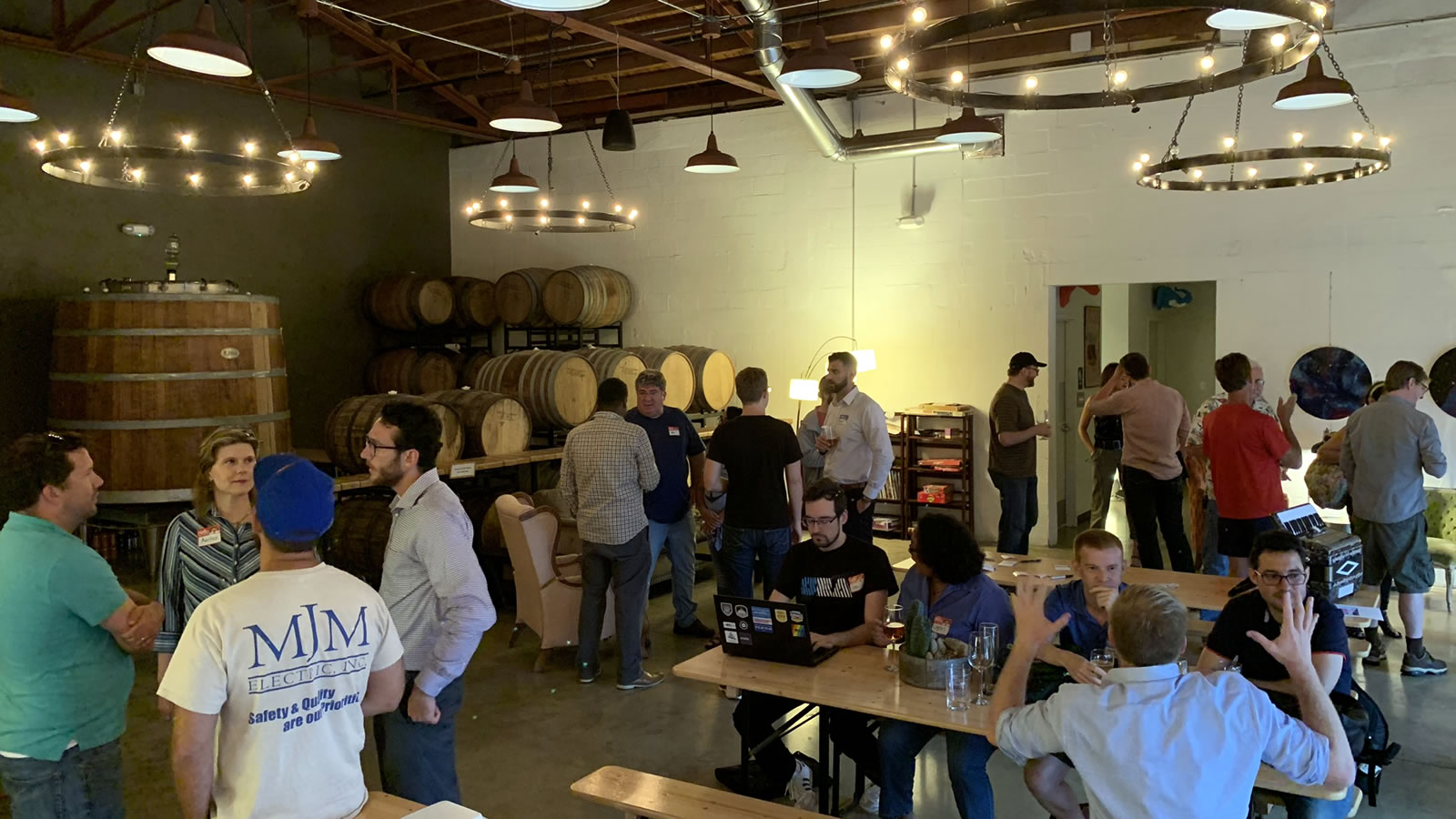
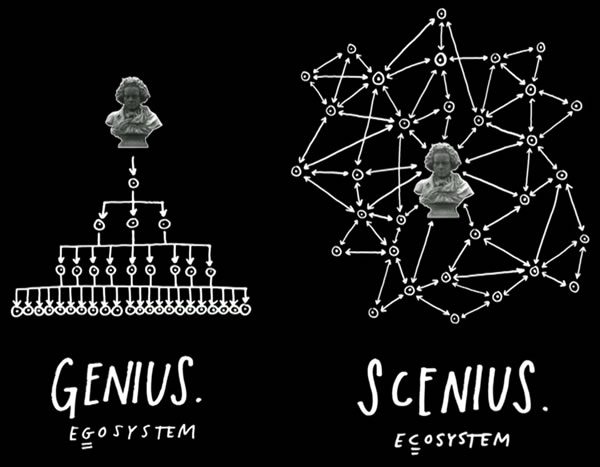
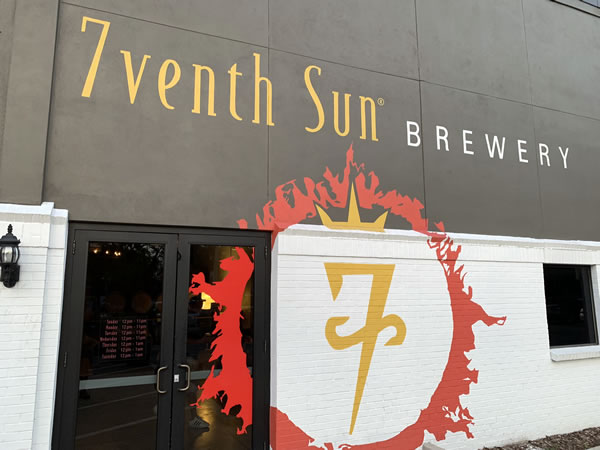

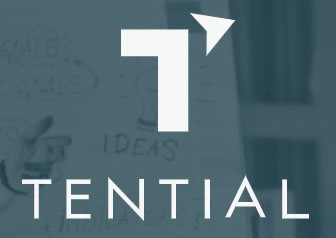
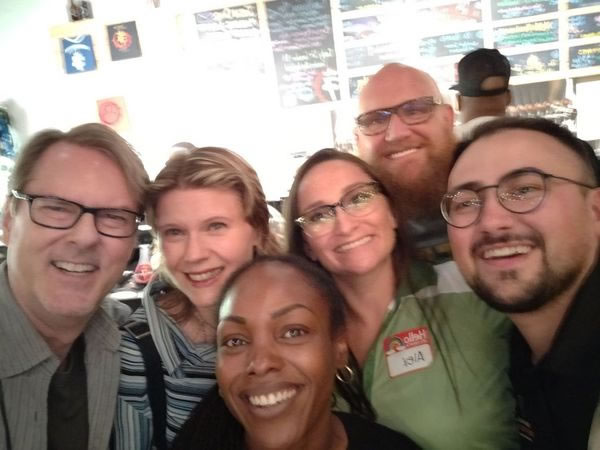
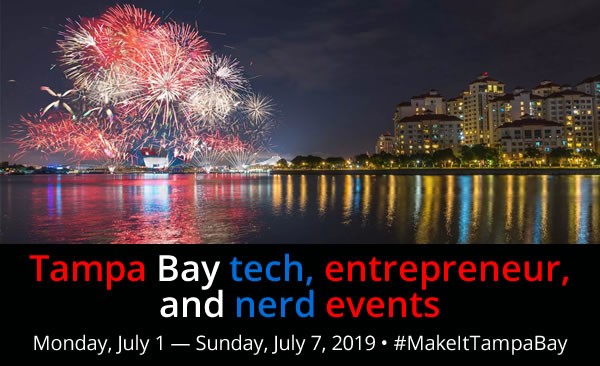
 Keep in mind that this is a holiday week, with the 4th of July happening on Thursday. Event announcement services like Meetup have a tendency to automatically schedule recurring events without regard for holidays. If the event you want to attend happens on or near the 4th, you might want to double-check with the organizers and confirm that the event is actually happening.
Keep in mind that this is a holiday week, with the 4th of July happening on Thursday. Event announcement services like Meetup have a tendency to automatically schedule recurring events without regard for holidays. If the event you want to attend happens on or near the 4th, you might want to double-check with the organizers and confirm that the event is actually happening.
